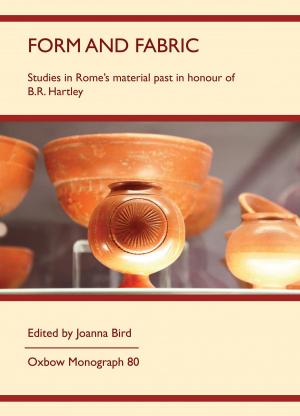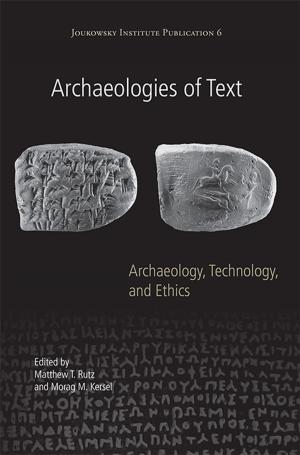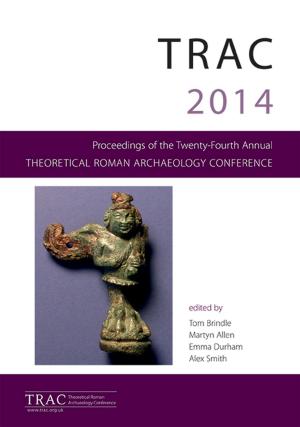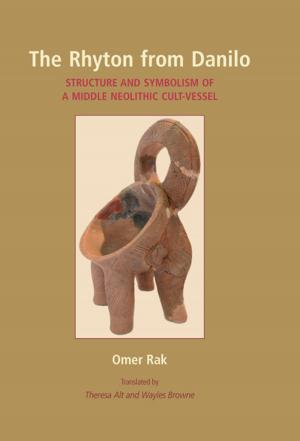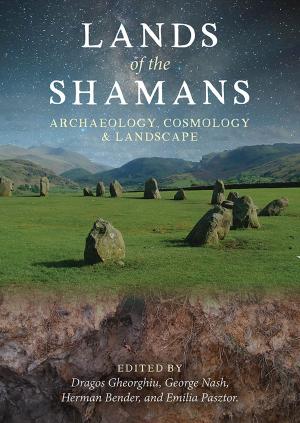Snails
Archaeology and Landscape Change
Nonfiction, Science & Nature, Nature, Fossils, Social & Cultural Studies, Social Science, Archaeology, History| Author: | Paul Davies | ISBN: | 9781782975946 |
| Publisher: | Oxbow Books | Publication: | September 15, 2008 |
| Imprint: | Oxbow Books | Language: | English |
| Author: | Paul Davies |
| ISBN: | 9781782975946 |
| Publisher: | Oxbow Books |
| Publication: | September 15, 2008 |
| Imprint: | Oxbow Books |
| Language: | English |
The remains of snails in ancient soils and sediments are one of the most important biological indicators of past landscapes, and have attracted study for well over a century. In spite of this, the only English-language textbook was published in 1972 and is long since out of print. Snails provides a comprehensive, up to date reference text on the use of snails as indicators of past environments in Quaternary landscape studies and archaeology. It considers the use of terrestrial and freshwater sub-fossil snail remains as indicators of Late Quaternary (c. last 15,000 years) environmental change and as indicators of past environments and human impacts on the landscape. The volume also demonstrates how an understanding of modern snail ecology can be used to enhance our interpretation of landscape archaeology, and provides a detailed contextual approach to the main types of deposits in which snail remains are found. Davies also puts forward an agenda for future research on the use of snails in archaeological and environmental reconstruction.
The remains of snails in ancient soils and sediments are one of the most important biological indicators of past landscapes, and have attracted study for well over a century. In spite of this, the only English-language textbook was published in 1972 and is long since out of print. Snails provides a comprehensive, up to date reference text on the use of snails as indicators of past environments in Quaternary landscape studies and archaeology. It considers the use of terrestrial and freshwater sub-fossil snail remains as indicators of Late Quaternary (c. last 15,000 years) environmental change and as indicators of past environments and human impacts on the landscape. The volume also demonstrates how an understanding of modern snail ecology can be used to enhance our interpretation of landscape archaeology, and provides a detailed contextual approach to the main types of deposits in which snail remains are found. Davies also puts forward an agenda for future research on the use of snails in archaeological and environmental reconstruction.


